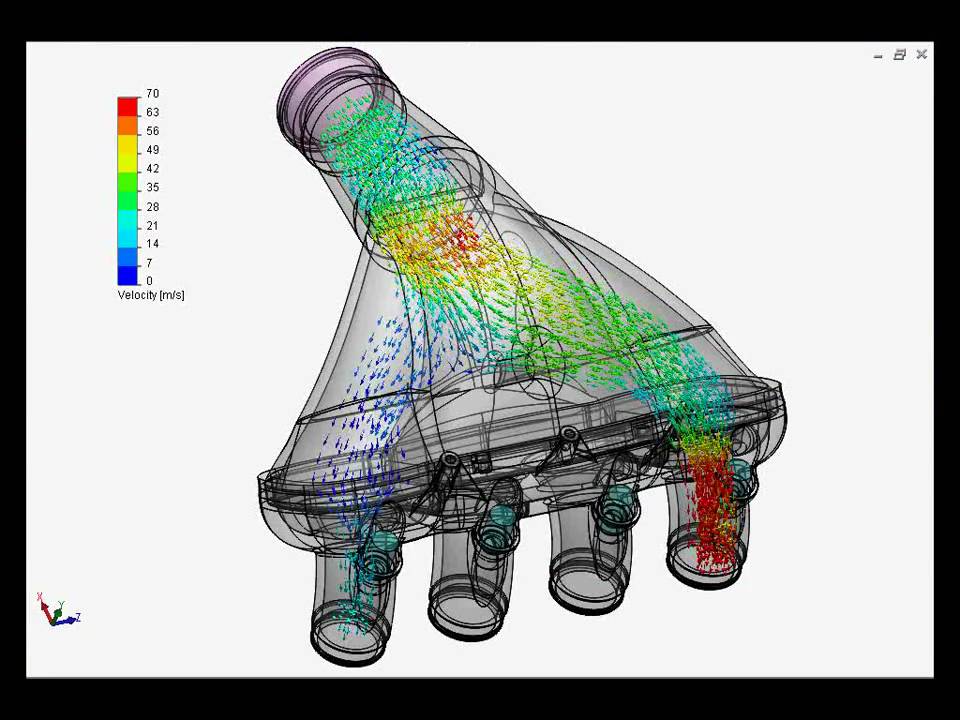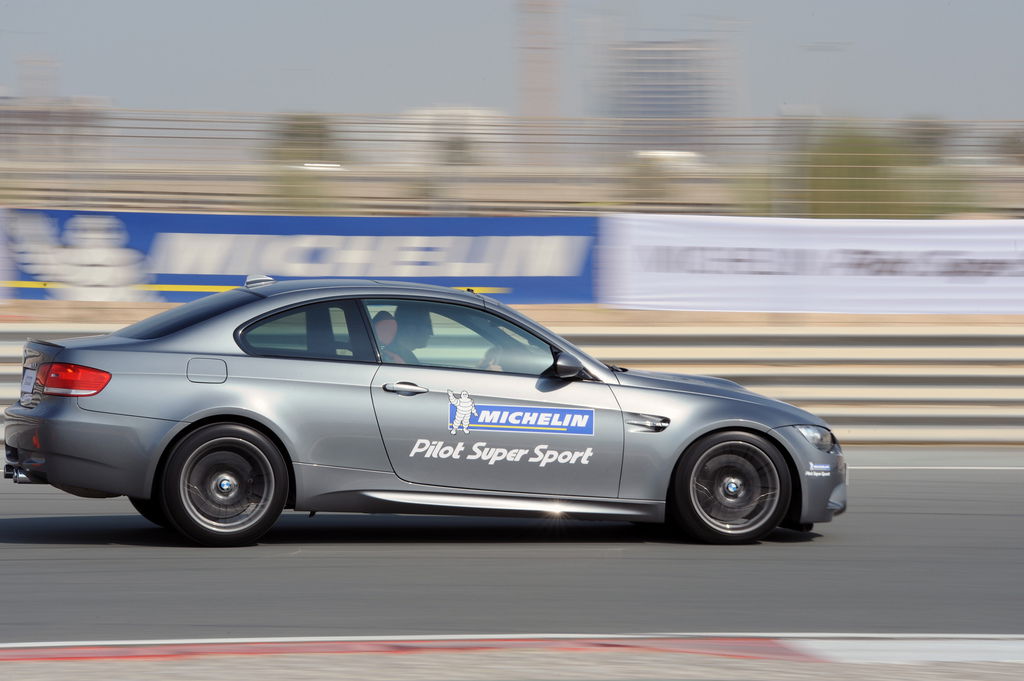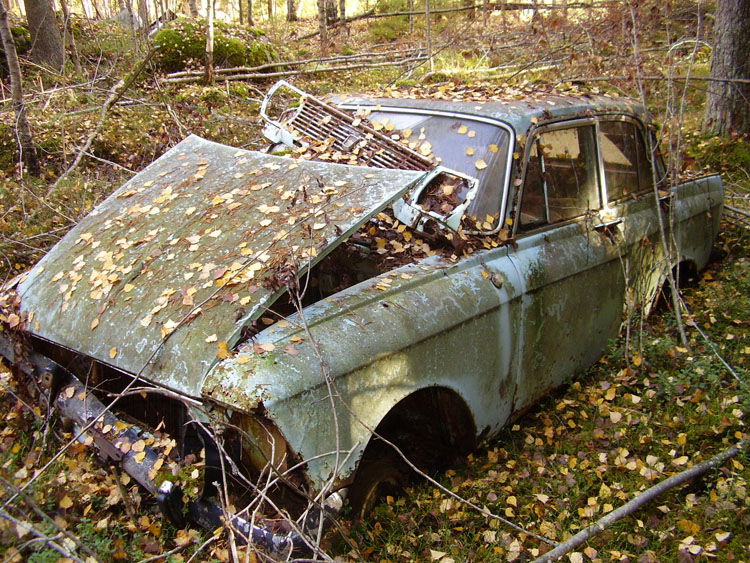The Ins And Outs Of Engine Braking

The art of engine braking can either be a help or a hindrance when driving, exploiting the suck, bang and blow of internal combustion in an inverse form. Experienced when acceleration has stopped and at 0% throttle, engine braking can be used to slow a car down as much as possible in tandem with the brakes. Engine braking can make coasting while off the throttle slightly frustrating as it saps your road speed at a rate that needs further throttle input down the road. But it does have its uses, so let’s take a look at how engine braking occurs and how it works in petrol and diesel engines.
In its simplest form, engine braking occurs in a petrol engine when the throttle is released. When the throttle pedal is actuated, a butterfly valves opens at the engine’s intake, allowing air to enter the intake manifold to be mixed with fuel for combustion. So when the throttle is released, this butterfly valve shuts, allowing only a very small amount of air through to the engine.
This sudden closing of the airway forms a vacuum within the intake manifold which produces an opposing force to the pistons reciprocating within the engine. Imagine placing your finger over the end of a football pump and then trying to move the plunger upwards - a large opposing force formed by a vacuum within the cylinder will mean that the pumping piston won’t shift much at all.

The effort that the pistons have to exert to oppose the manifold vacuum saps energy from their reciprocation, forcing them to slow down and thus rotating the crankshaft slower, reducing road speed. This braking is therefore emphasised when engine speed is high as the large amount of air previously entering the cylinders is suddenly shut off, creating the vacuum that opposes a higher rotational force from the cylinders.
On top of the vacuum element, a minimal amount of engine braking is also achieved by friction between the moving parts of the engine. Although the oil system provides a more than suitable amount of lubrication to make sure the moving components don’t end up welding themselves together due to heat, there is natural friction between every moving piece of the engine as they interact with each other. This friction has a negative influence on the positive energy of the moving engine, thus stripping rotational energy from the crankshaft and ‘braking’ the engine.
Diesel engine braking

Unfortunately, diesel engines don’t have a throttle valve, so instead they use an exhaust valve that closes during the exhaust stroke of the engine cycle. Back pressure is then created which fights back against the motion of the pistons, slowing them down.
Another method used within diesel engines in through something called a jake brake; this is a device that uses a rocker arm to open the exhaust valve at the top of the compression stroke which allows a small amount of air to disappear off down the exhaust manifold instead of being fully compressed and then ignited. This results in a reduction in volumetric efficiency of the engine and therefore a decrease in power. Despite these two methods, diesel engines are much more efficient at coasting down the road off throttle due to the lack of reverse force that acts against the pistons in comparison to the powerful vacuum created within a petrol engine.
Engine braking has its real world advantages, one of those being on-road safety. That extra braking force will always help a car to slow down quicker and - if used regularly on purpose - it shows that the driver is aware of their surroundings and is in-tune with the capabilities and behaviour of their car. Your brake pads and discs will also thank you in the long run, as they have to scrub off less speed than if the clutch is disengaged and all stopping force is isolated to your brakes.
Another scenario where it has its advantages is when the ground is covered in snow. Instead of applying any sudden braking which can cause a sudden loss in friction between the tyres and the road, engine braking can be used to provide a much smoother reduction in speed.

Engine braking can resemble an art form if you are fully aware of the road ahead and can be implemented into daily driving with a bit of concentration and good judgement. Although to some extent it shows that the internal combustion engine is inherently working against itself, it’s good to know that your powerplant has a potential helping hand to give you if needs be. And to be honest, if you have a fairly meaty exhaust system, there’s nothing better than cutting off that air supply to the engine with a simple lift off the throttle, letting the revs slowly tick down in diminuendo of crackles and pops.

Comments
Using engine brake by downshifting, reduces fuel consumption to 0, it’s safer, because when braking in neutral, your wheels can start spinning at diferent speed, and that can be dangerous, and of course it slows brake pads wear. Sorry for crappy grammar. Not my native language :/
I mainly drive manuals, but I had to drive an automatic CX-5. I used to downshift with the semi-automatic mode to use the engine breaking, but the downshifting from 2 to 1 is so brutal that I used it very rarely.
When you use engine braking first off you only have to use brakes while stopping slowing can be done with a proper down shift and the main reason i use it is because racing in the streets in my 150 between intersections when i approach a intersection the other bikers use brakes and usually downshift after controlling their speeds before accelerating again which takes time while me on the other hand did not use brakes and is in the ideal gear to blast again. 😁😁
My question is: is it harmful for the engine?
I always tried to be careful with engine braking (only using it in low traction conditions or when driving ‘sporty’ eg on a racetrack) because I thought it’s not that good for the engine
After all, engine is for moving the car and brakes are for stopping the car, not the other way round
Or am I wrong?
One question. You shouldn’t revmatch downshift into first gear ever, right? I heard that somewhere and would never do it myself, but why is it? Captain needed.
Suck, Bang, Blow???
Nah, It should be Suck (for a start), Squeeze (to get it firmer), then Bang (with thrust), and Blow (for the finale).
Suck = Intake
Squeeze = Compression
Bang = Combustion
Blow = Exhaust
too long didnt read
people arent told to engine brake in drivers ed class all around the world?
My grandfather drove semi trucks in his earlier years so he taught my mother and my mother taught me to drive manual like this. I’ve never driven manual any other way. Which was great because my first couple of cars had really bad brakes.
Can we get an article like this on turbo flutter?
Pagination